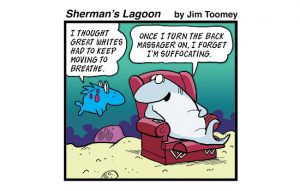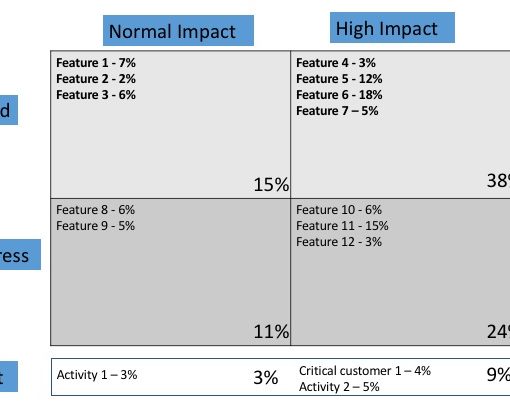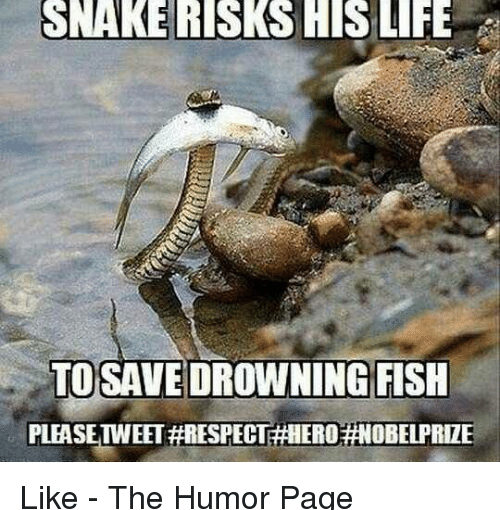 Some sharks, like great whites, die if they stop swimming. I have learned the hard way that customer relationships can be that way too. If the customer is not progressing, the risk of churn steadily increases.
Some sharks, like great whites, die if they stop swimming. I have learned the hard way that customer relationships can be that way too. If the customer is not progressing, the risk of churn steadily increases.
My experiences have been with enterprise customers using products that had high switching costs. Frequently, customers also had long term contracts (at times multiple years in duration). Furthermore, our perception (borne out by customer surveys and feedback from customer conferences) was that most customers were satisfied – some highly so and very referenceable, others moderately so, with only a small handful approaching dissatisfaction. Nevertheless, in each case, I was blindsided when some large customers churned, even though I had not thought of them as dissatisfied.
In analyzing the causes of these losses, we found a list of features the customer had requested that had not yet been delivered. But this didn’t provide a clear distinction from contented customers who remained with us. The list of desired features always seemed to exceed our capacity to deliver them in a timely manner. What we frequently discovered was turnover at the decision maker level. This resulted in the people who chose our software no longer being in the same roles and people not known to us having responsibility for the use of our software. Over time, even if the people we dealt with day to day were content, the value of our software had come to be taken for granted. When something happened at the customer to cause the decision to be reexamined (whether that be expense cutting, the purchase of other software that required updated integrations with ours, or simply an overwhelming list of other priorities for personnel at the customer), the case was not made effectively to the new decision maker that the value our software exceeded its costs (as measured both by fees due to us and human effort by customer personnel). Most frequently, this was the case even though the software was, in fact, delivering high value.
These observations pose a dilemma, especially during the high growth phase of an enterprise software business. During that phase, a company is trying to devote every marginal investment to sales and marketing in order to get as many customers and as much market share as quickly as possible. So there is a tendency (probably justified) to fund activities for post-sale work as minimally as needed in order to maintain customer satisfaction, mostly be reacting to customer requests. This is especially true if there are not many other sales that can be made to the customer after the initial contract.
However, in order to optimize customer retention for the long term, doing that minimum is not enough. What is required are people (often found in a Customer Success organization) to proactively work with the customer to ensure the customer is continuing to derive value from the software, constantly expanding its usage, and, very importantly, maintaining awareness among decision makers of the value being delivered. This, of course, requires investment and it may be perfectly rational to avoid such investments when the ratio of new customers (from sales activity) to existing customers is high, as it is during the high growth phase. By the time that ratio shifts significantly, the transition needs to be made so that customer relationships are being proactively managed. The trick is when and how to make the transition. I don’t have a silver bullet to identify when that point is, but one approach is to start gradually by working proactively with a small group of the largest customers, even ones you feel are satisfied. You can use this set of customers to work out processes, build dashboards to track customer status, grow leadership, etc. so that you are ready to expand that initial Customer Success operation efficiently when it is time to do so.
In some of my experiences, I waited too long and lost visible, large customers in a painful way, so my concluding advice is to be aware of this dynamic and to try to be ahead of it instead of waiting as long as I did in those circumstances.




One thought on “How are customers like sharks?”
This is so true, especially in a market like Japan where customer expectations can be high and other prospective customers look for reference cases before purchasing.